Bringing greenery indoors adds a whole lot of charm, color, and a touch of nature to any room, and more often than not, they’re pretty low-maintenance. However, this isn’t the case with every houseplant, with some of them struggling even under close supervision. This can be pretty frustrating, so to save yourself from the stress, here are the most difficult houseplants to keep alive.
Fiddle Leaf Fig
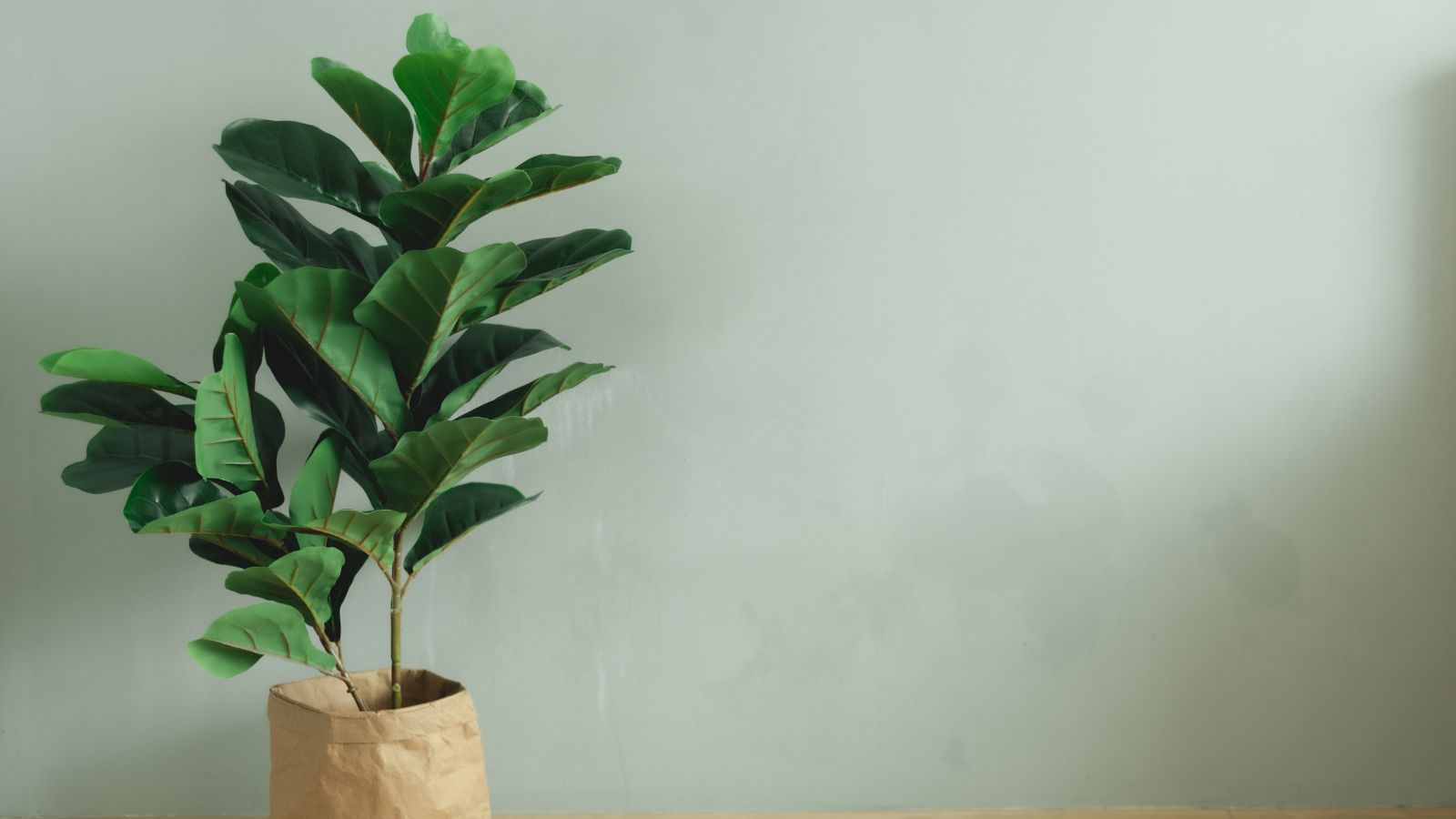
Many gardeners dream of keeping a fiddle leaf fig in their home, as its broad, glossy leaves are pretty beautiful. Unfortunately, though, keeping it happy indoors can feel like a full-time job. It demands bright, indirect light and consistent watering, yet it’s sensitive to drafts and low humidity. Even a slight shift in its environment can lead to brown, crispy leaves that quickly dampen its charm.
Calathea
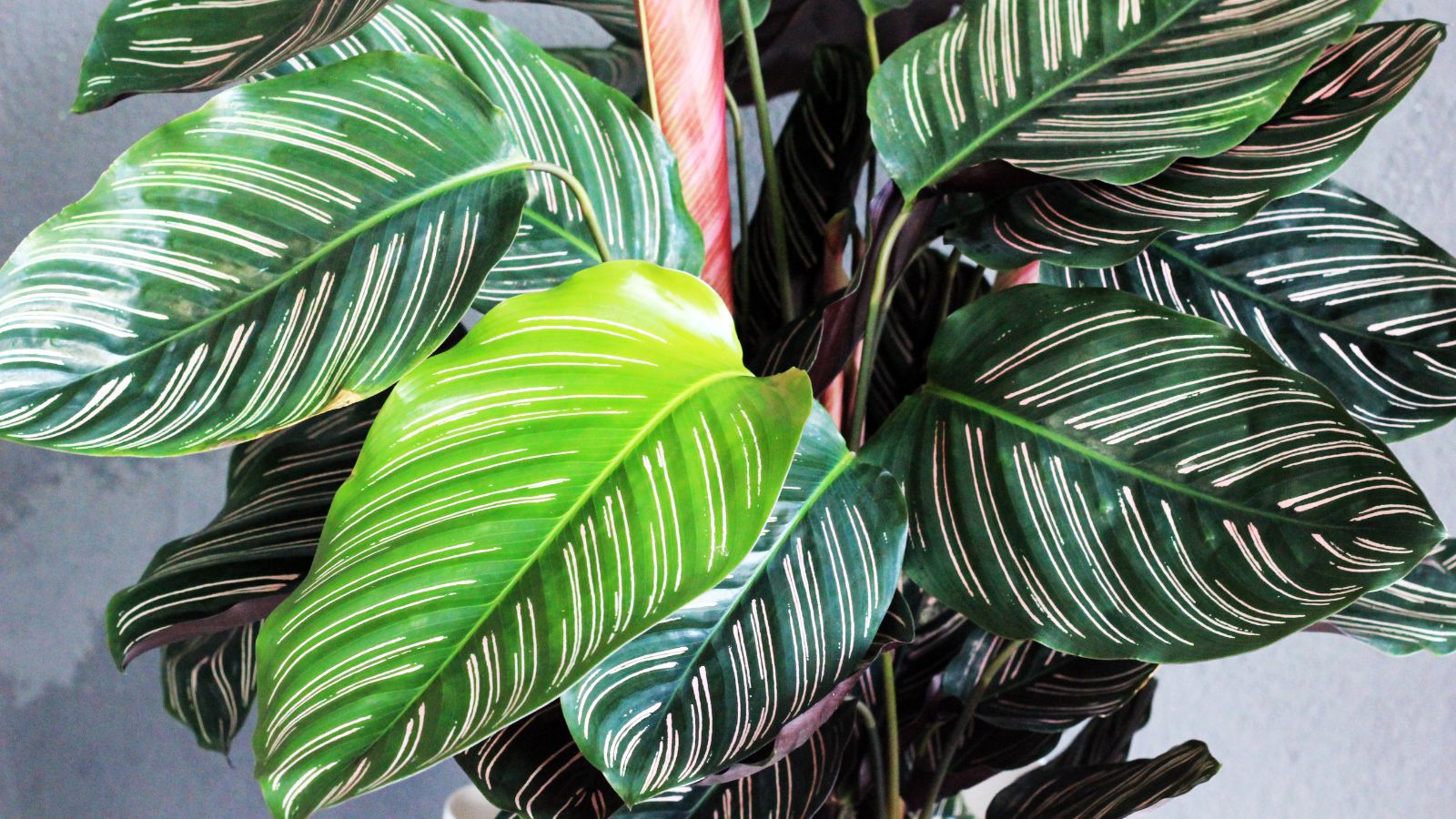
Thanks to its vibrant, patterned leaves, the calathea is a captivating plant, but it’s one of the more temperamental household projects. Frustratingly, this tropical beauty craves high humidity, low light, and just the right amount of moisture, and it can be tough to meet these conditions unless you live in the perfect location.
Boston Fern
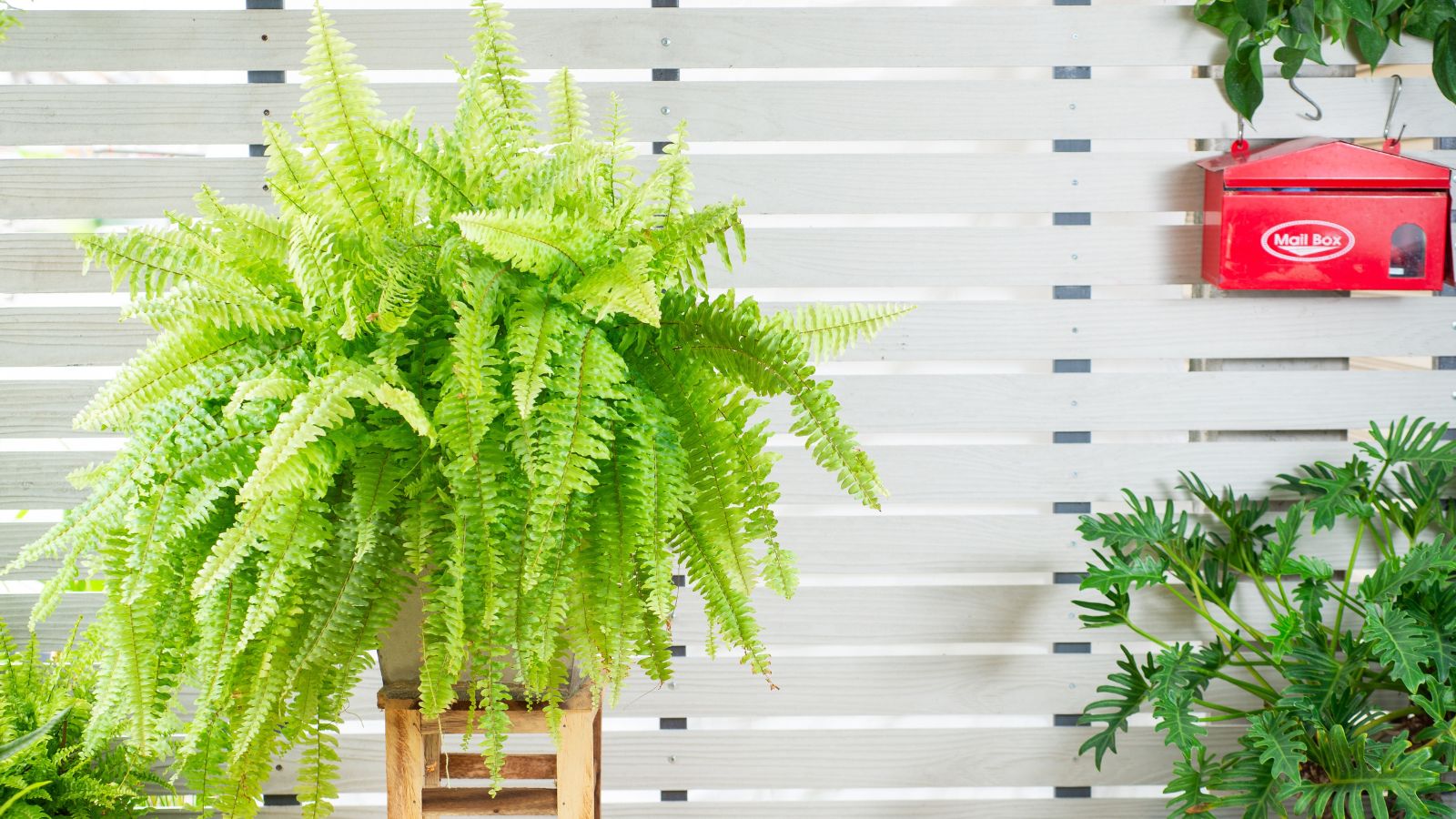
The lush, wild look of the Boston fern can make for the perfect addition to an indoor plant collection, but it won’t be easy. This is because they thrive in high humidity and indirect light, conditions that aren’t always natural indoors. Sure, you can do your best, but even slight neglect leads to their fronds drying out and dropping, leaving a mess of brittle, brown leaves.
Alocasia
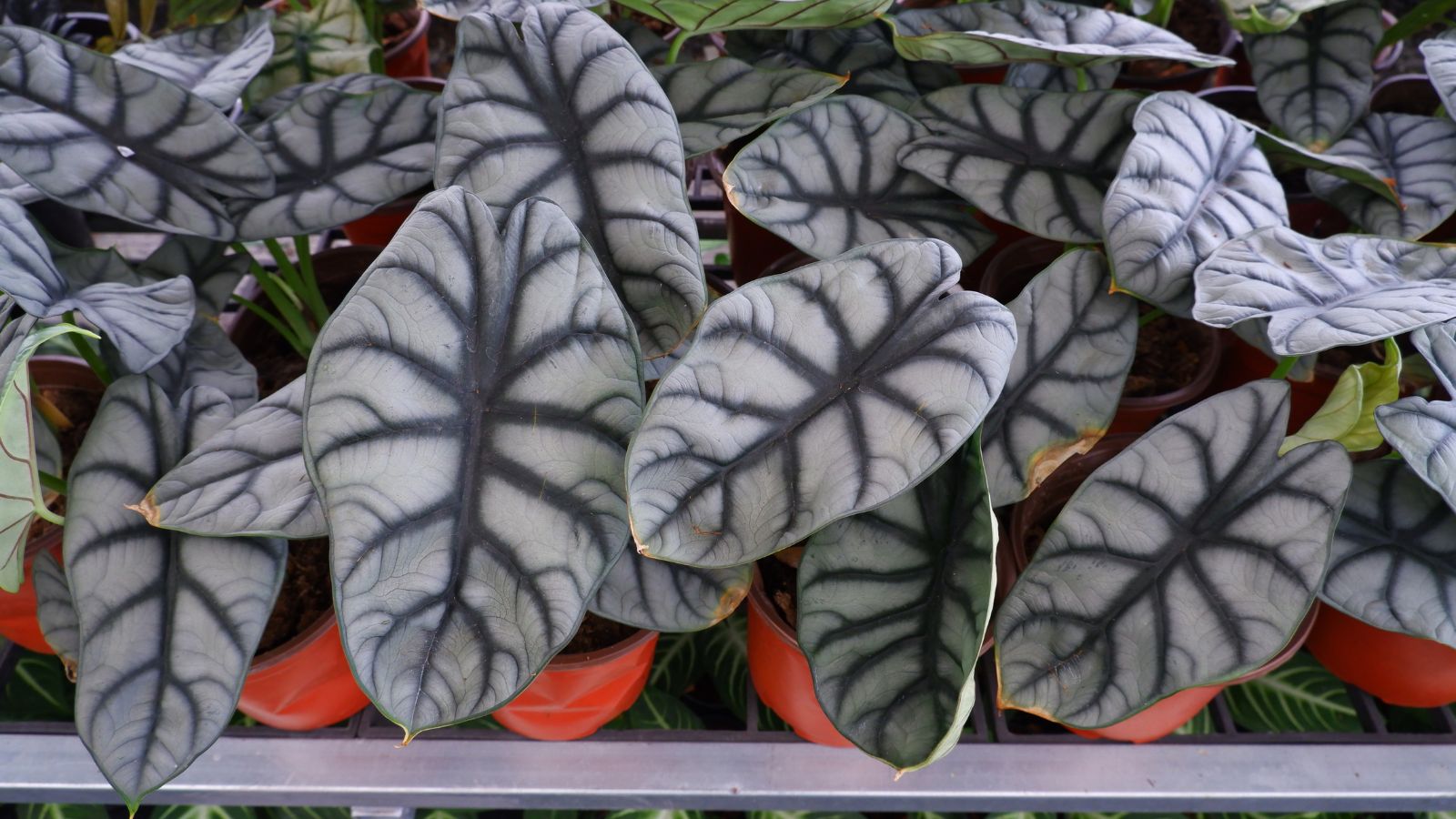
Beloved by many for its dramatic, arrow-shaped leaves, the alocasia is equally striking as it is finicky to grow. Why? Well, it depends on plenty of indirect light, high humidity, and a strict watering schedule. Missing even one watering can lead to drooping leaves while overwatering can rot its roots. Therefore, balancing its needs can feel like a daily juggling act.
String of Pearls
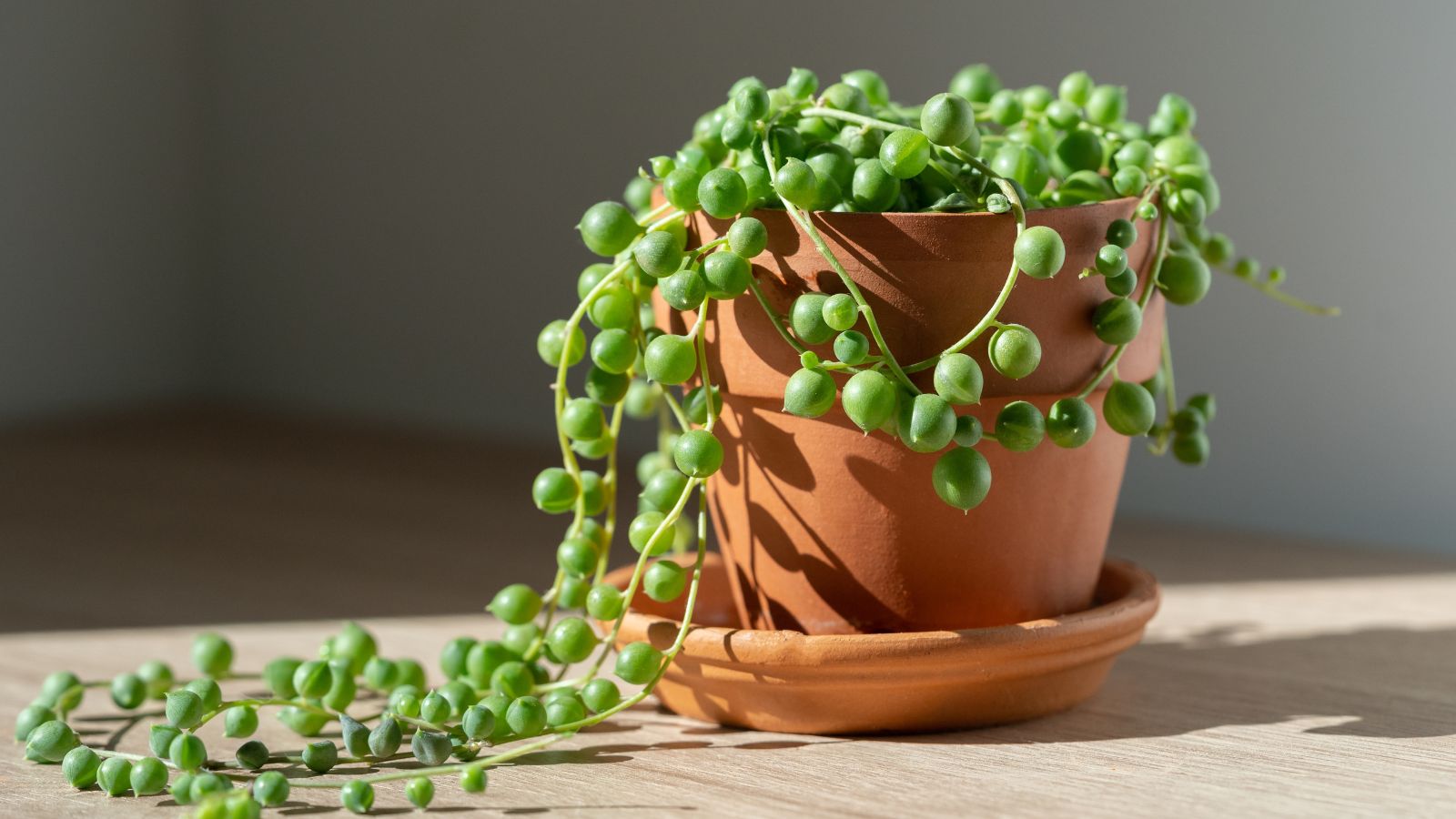
There’s no denying that the string of pearls makes for a glorious houseplant with its cascading, bead-like leaves, but don’t let its appearance fool you. Sadly, this succulent is extremely sensitive to overwatering, as it stores moisture in its leaves. That may trick you into thinking that it’s low-maintenance, but nope–it requires more indirect light than direct sunlight indoors. As a result, without just the right amount of sunshine, those “pearls” can quickly wither away.
Maidenhair Fern
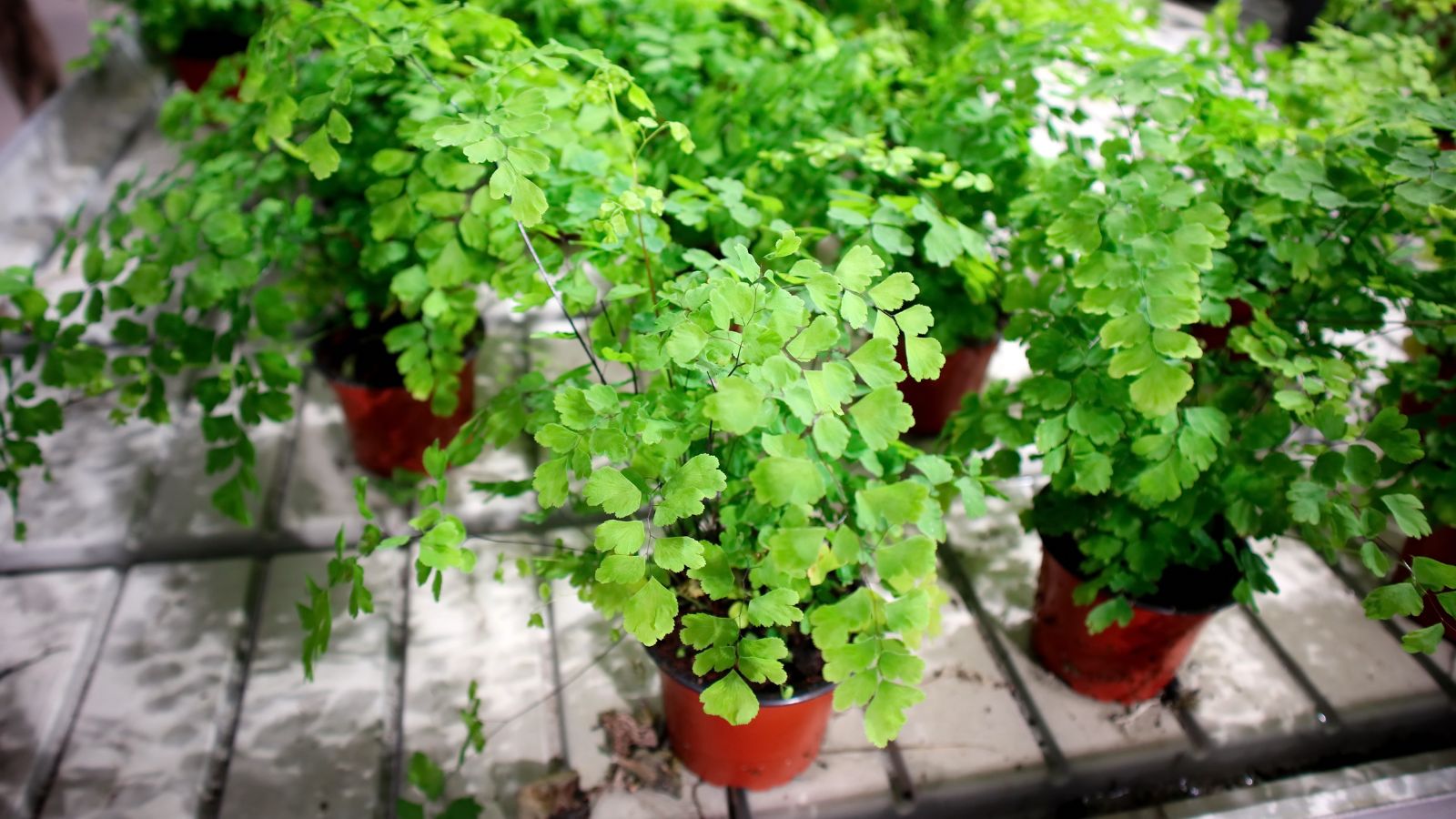
Another houseplant that is surprisingly hard to keep alive is the maidenhair fern. To keep this plant thriving, you’ll need to keep its soil consistently moist and its room highly humid. Even a slight drying out will cause it to wither, at which point you’ll see its tiny, feather-like leaves shedding rapidly at the first sign of stress.
Orchid
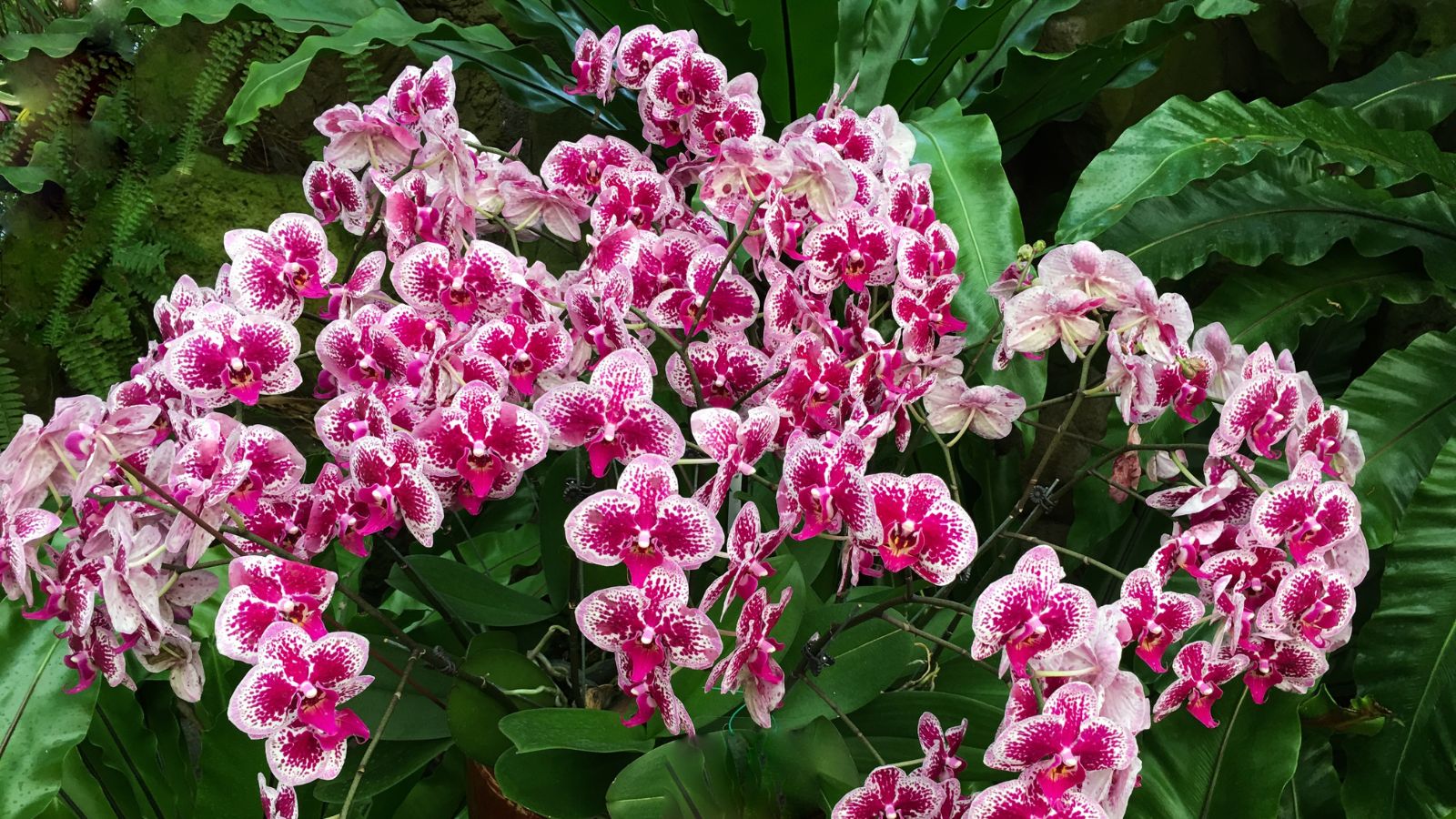
Orchids are popular houseplant projects that are prized for their beautiful, exotic flowers, but they’re not for beginners. The reason for this is that they require specific lighting, humidity, and temperature conditions, not to mention an unusual watering schedule. Too much or too little moisture can make them susceptible to root rot or dehydration, and therefore, getting them to rebloom can feel like an endless puzzle.
Venus Flytrap
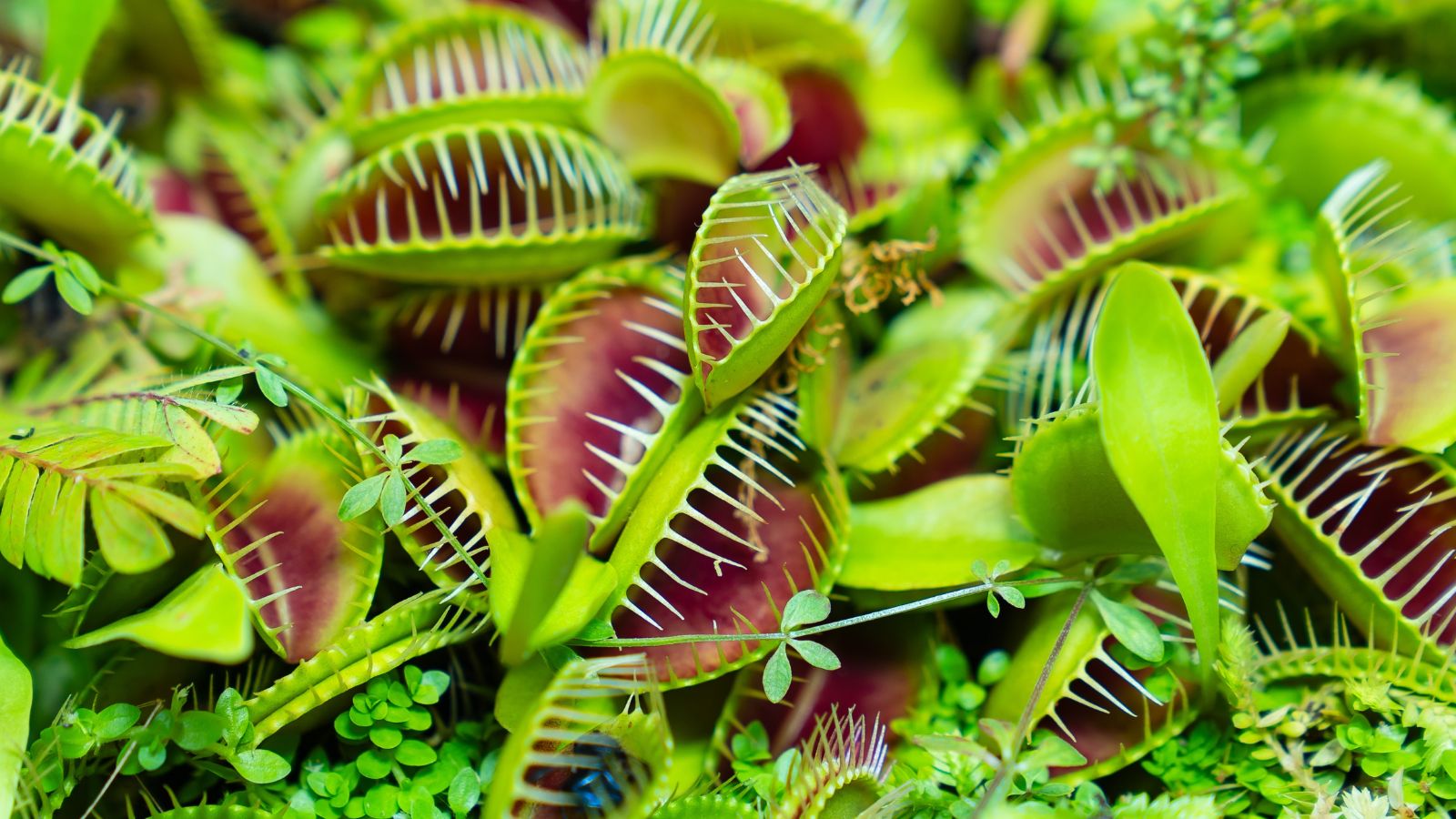
As a carnivorous plant, the Venus flytrap is an undeniably interesting choice, but it has very particular needs. You’ll need to give it distilled water or rainwater as it’s sensitive to minerals, along with plenty of sunlight. Meeting these demands might be doable for some, but for the average gardener, it can be a bit of a handful.
Rex Begonia
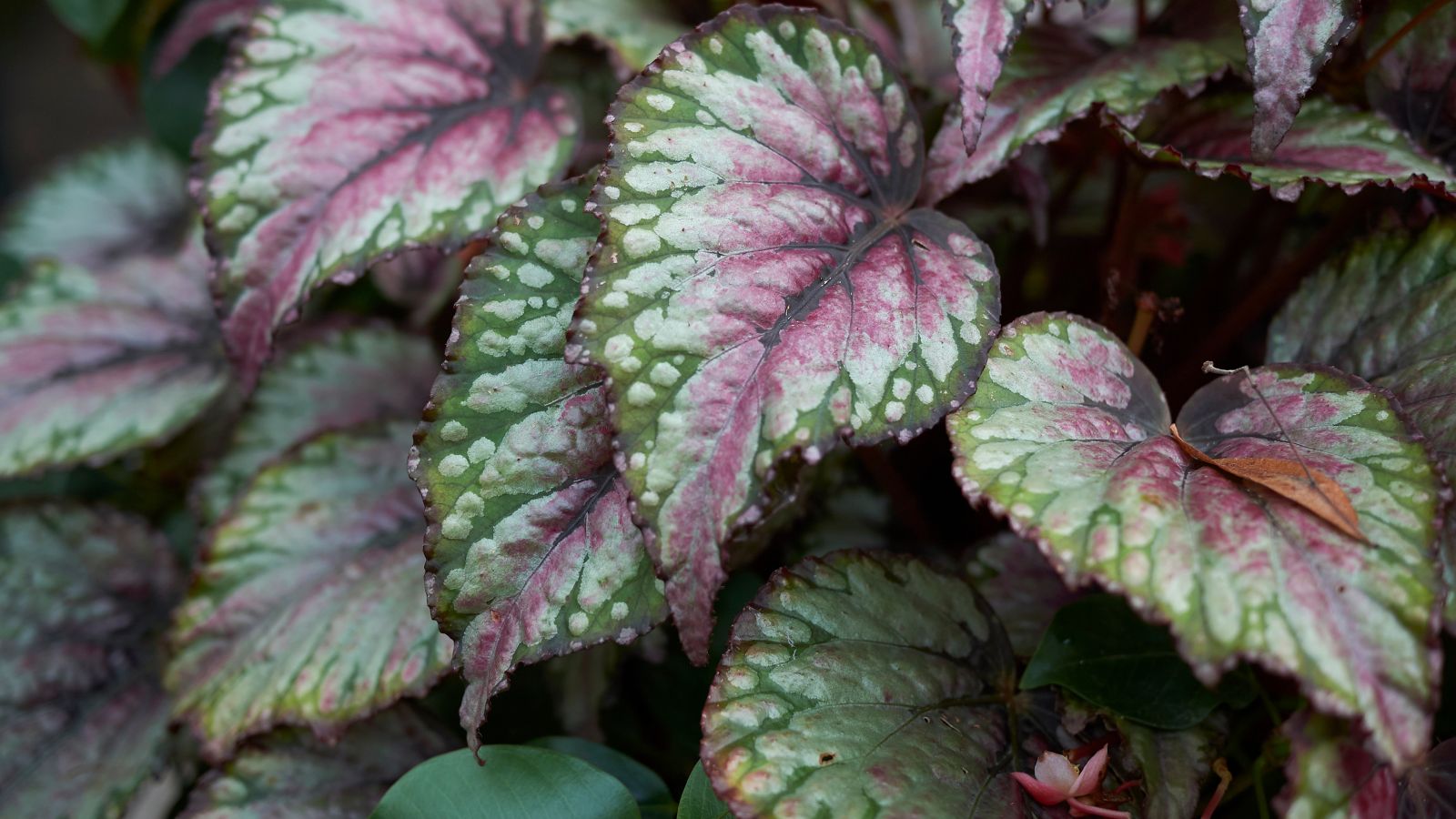
We can all agree that rex begonias have stunning, colorful foliage that can brighten any space, but they come with a long list of requirements: high humidity, well-draining soil, and consistent temperatures. A little too much water or too little light, and their leaves can start to shrivel or rot, leaving them looking sad and neglected.
Zebra Plant

The appropriately named zebra plant is super eye-catching thanks to its bold stripes, but it’s far from a low-maintenance houseplant. It needs high humidity, frequent misting, and consistent watering, and without the right moisture balance, its leaves can wilt or drop, making it look more like a lost cause than a decorative plant. Sadly, this causes many people to find that its beauty simply doesn’t outweigh its demands.
Gardenia

World-renowned for their delightful fragrance, gardenias are pretty simple to grow–at least outside. Indoors, though, they’re anything but easy, as they’re incredibly sensitive to temperature and humidity changes. Furthermore, they need acidic soil, unlike many houseplants, and when these needs aren’t met, they’ll greet you with yellowing leaves and fewer blooms. Ultimately, most people find them becoming more of a challenge than a joy to grow.
Croton

You’ll no doubt love the bright, multi-colored leaves that add a splash of color, but you’ll need some serious green fingers to keep them healthy indoors. They’re quick to complain if conditions aren’t perfect, especially when it comes to being consistently warm, humid, and exposed to bright light, not to mention being regularly watered. Make an innocent mistake one day, and you’ll be unfairly punished by their vibrant leaves fading and dropping foliage.
Purple Shamrock (Oxalis)

Sure, the purple shamrock has unique, clover-like leaves that look great indoors, but its needs can stump even experienced plant owners. Ultimately, it will kick up quite the fuss if it misses a single day of indirect sunlight or moist (but not waterlogged) soil. Even just a little too much or too little water can cause it to go into early dormancy, leaving only bare stems behind until it decides to come back.
Polka Dot Plant

The last houseplant on this list is the polka dot plant, which is iconic for its speckled leaves. Sadly, though, it’s not as carefree as it looks, being highly sensitive to light and needing regular pruning to maintain its shape. If you can’t provide it with enough indirect light, it becomes leggy, and overwatering can lead to root rot. Therefore, many gardeners find that this otherwise lovely plant simply isn’t worth the effort.
